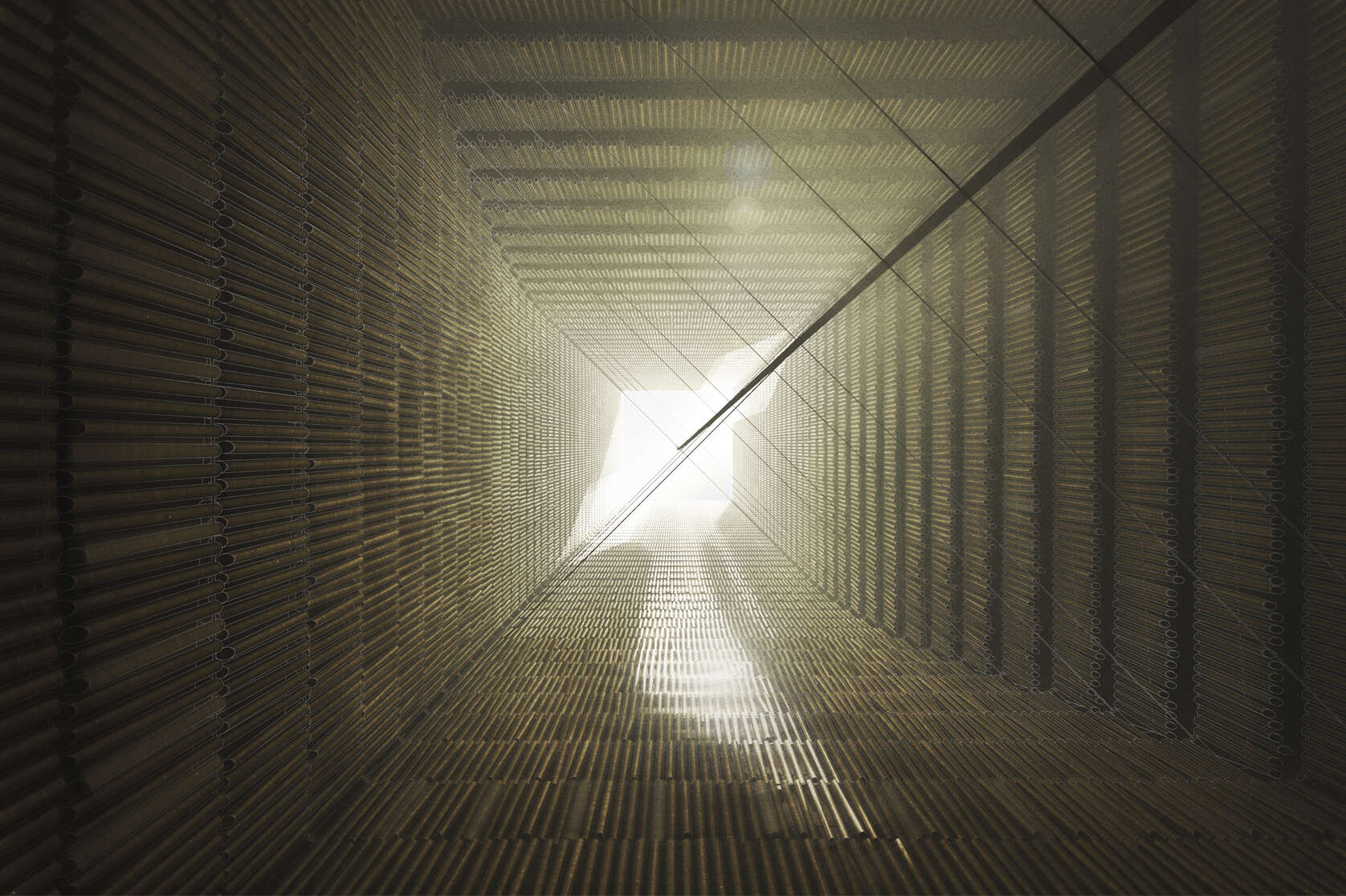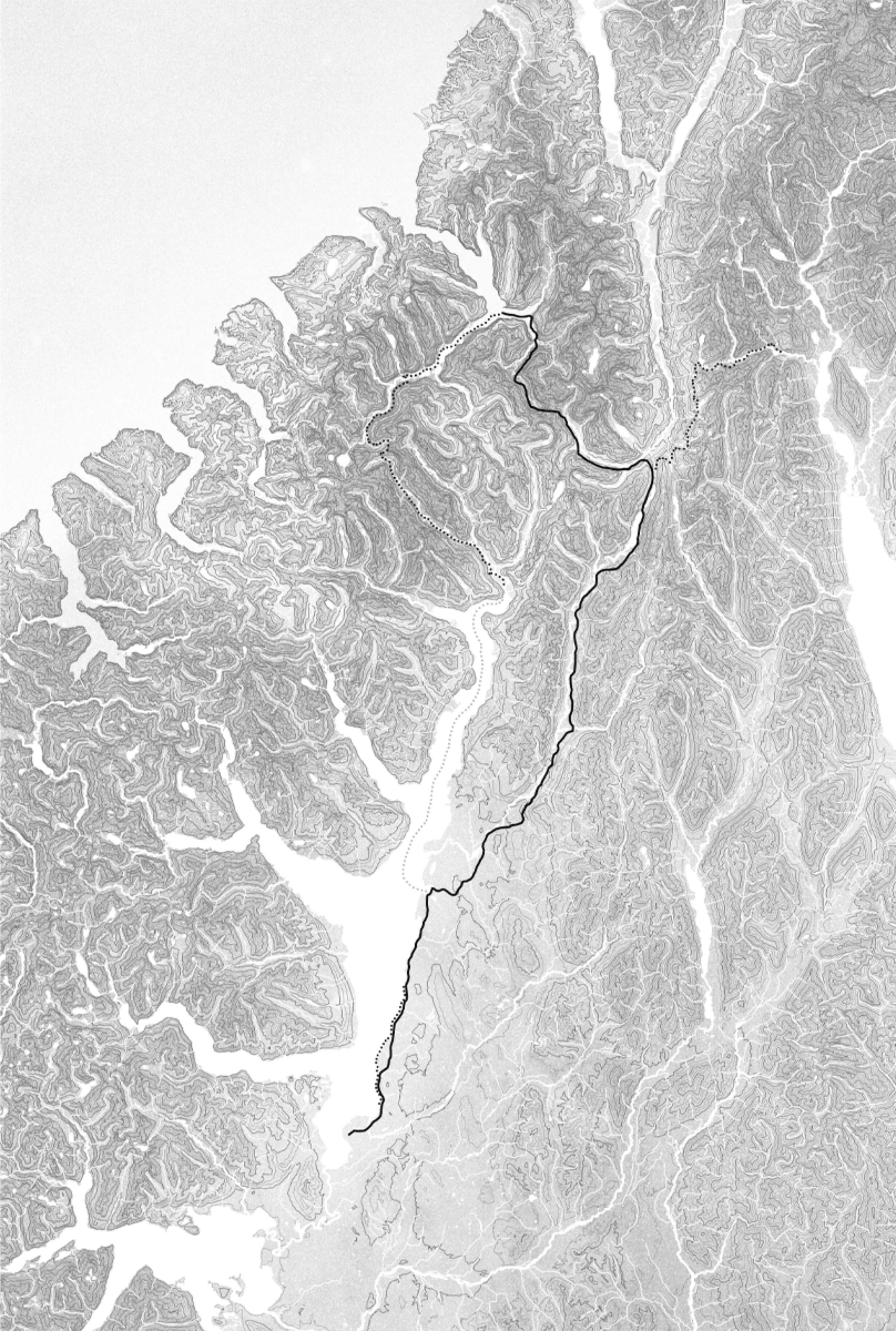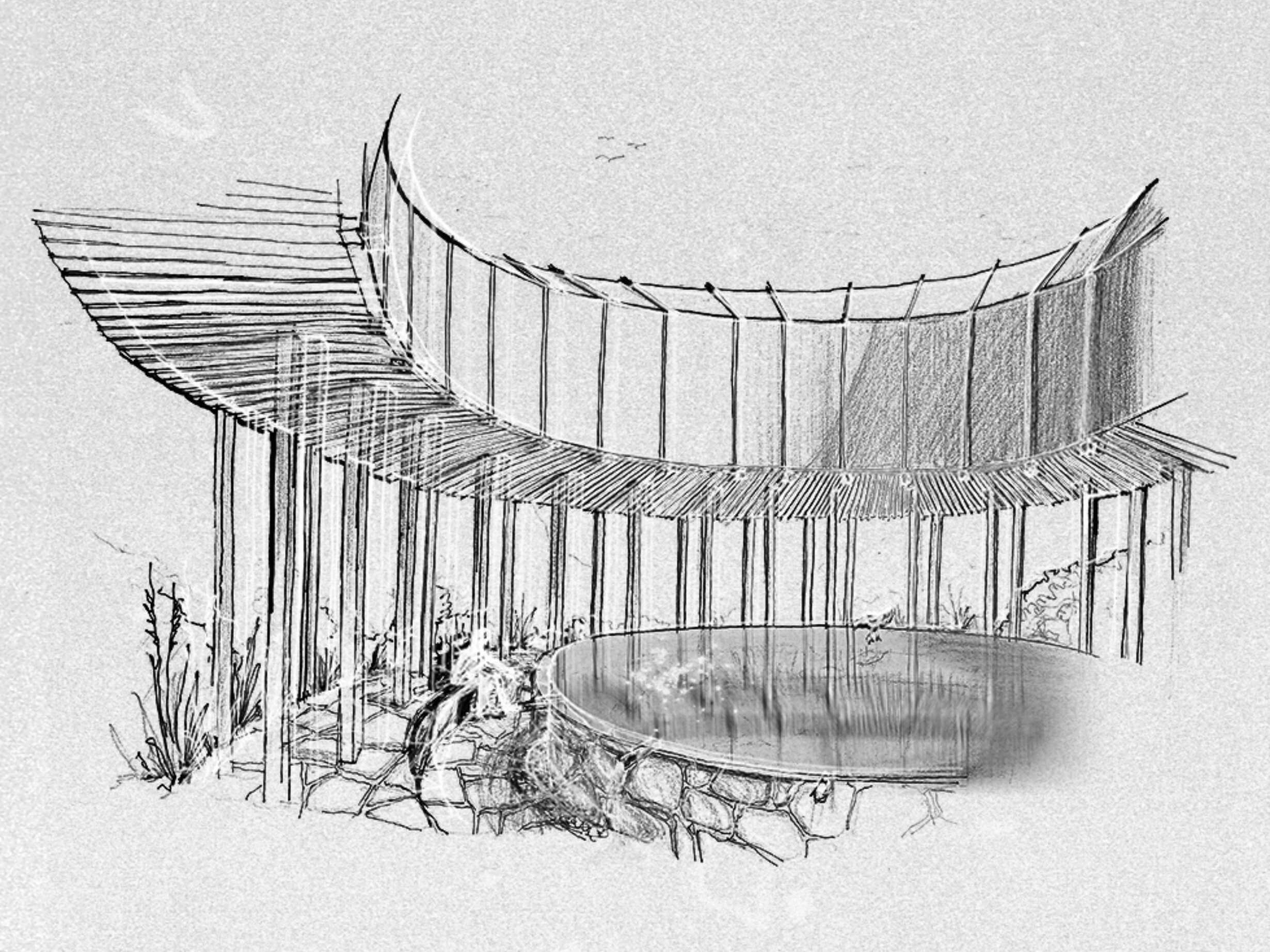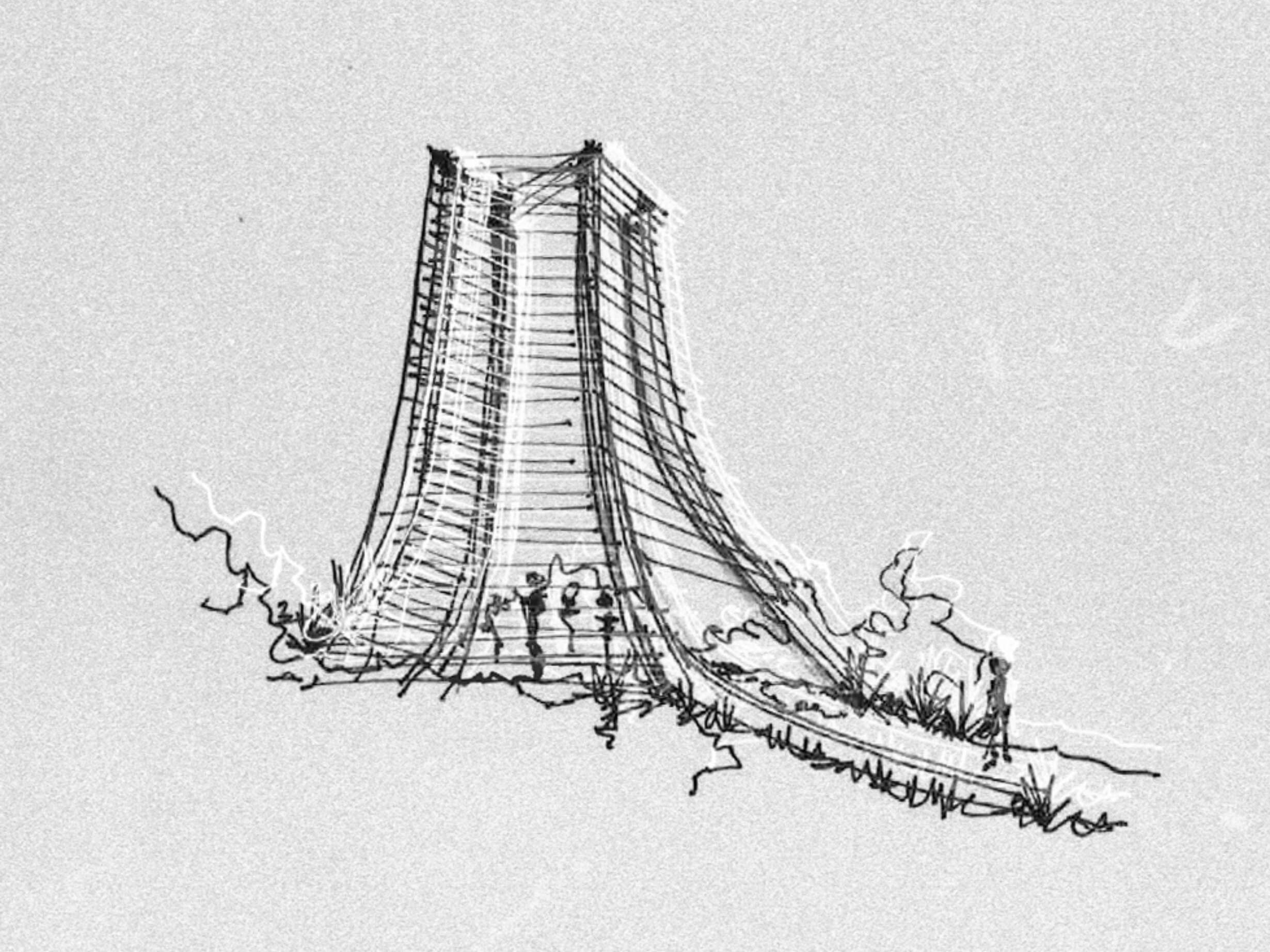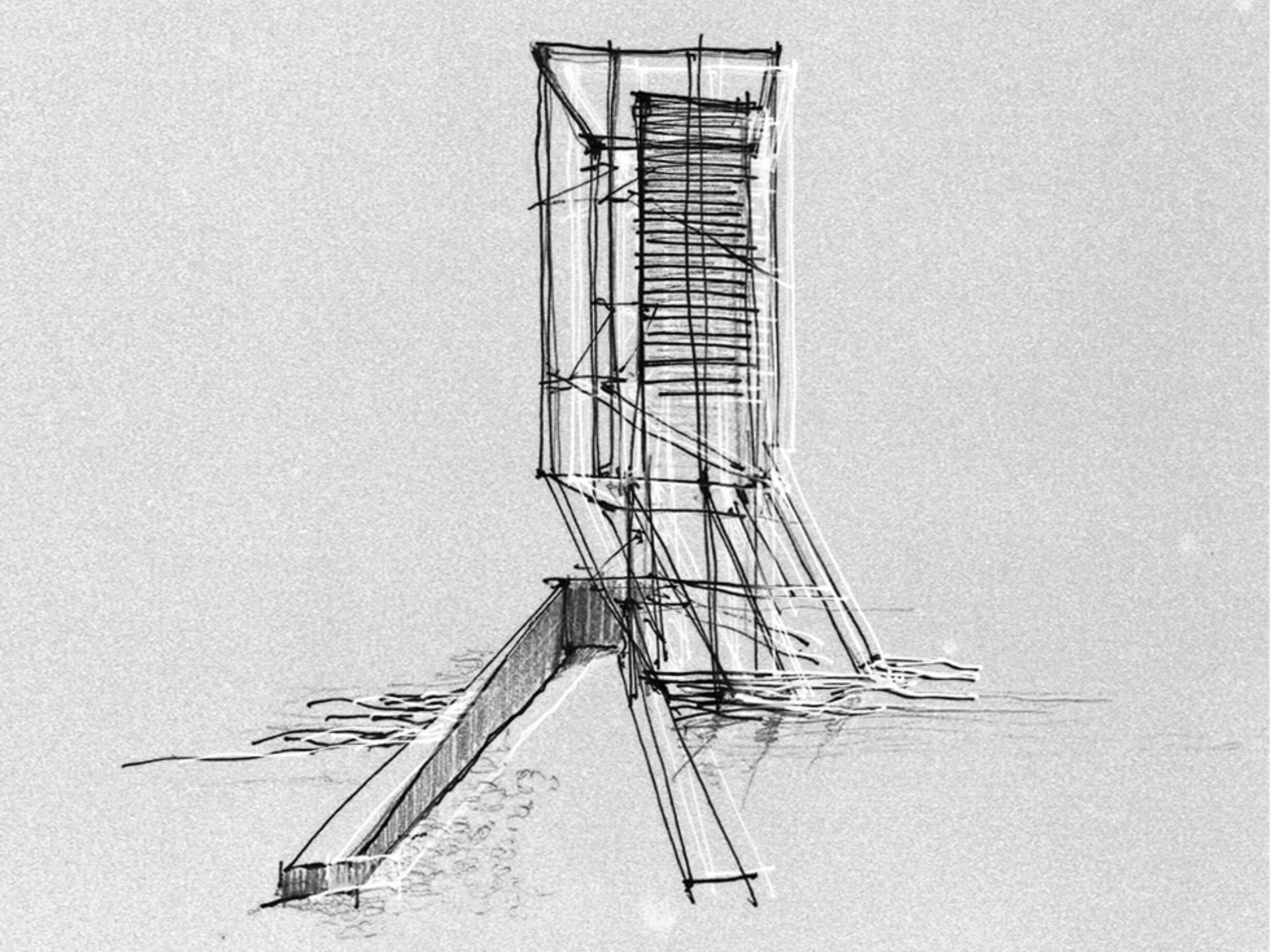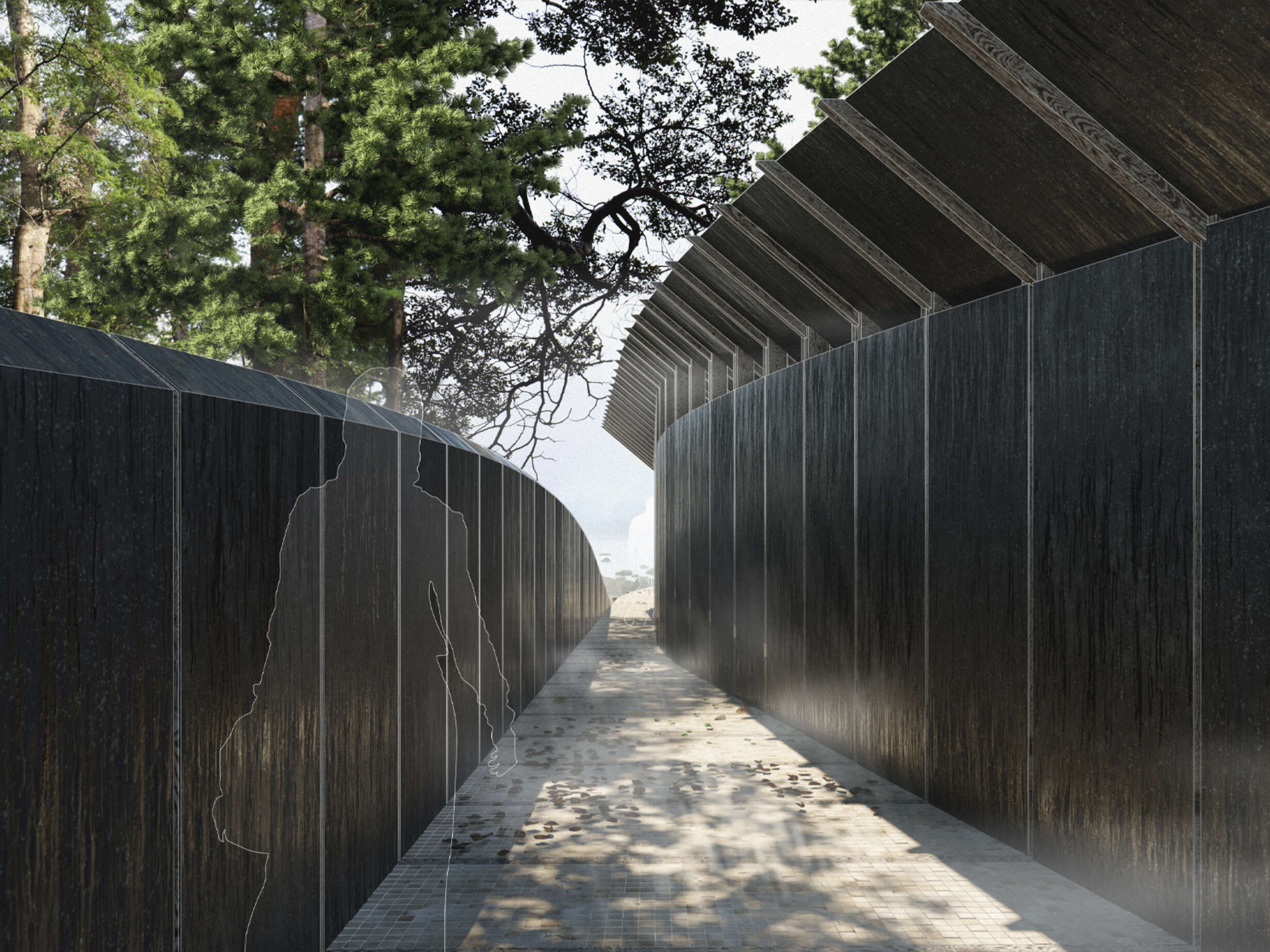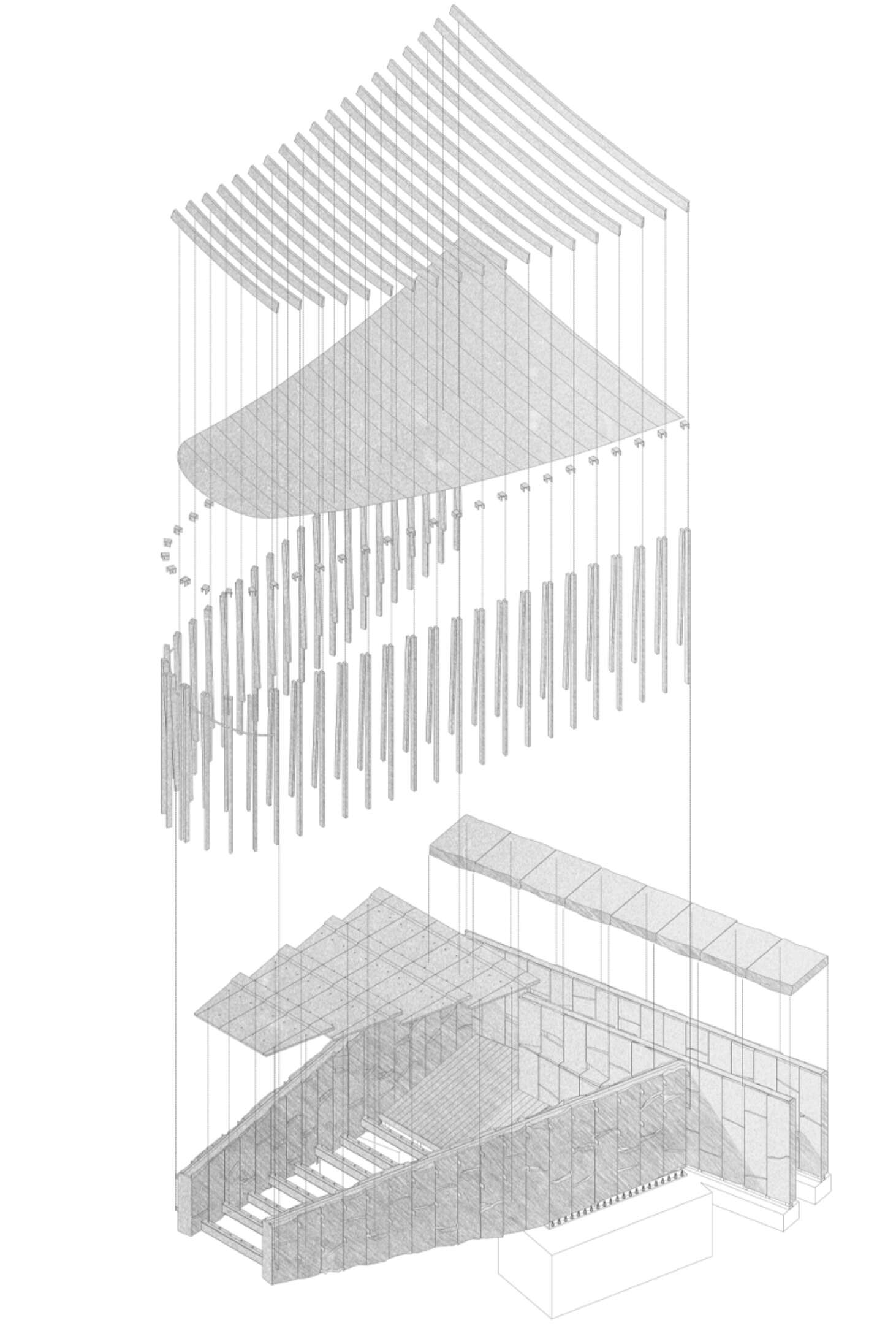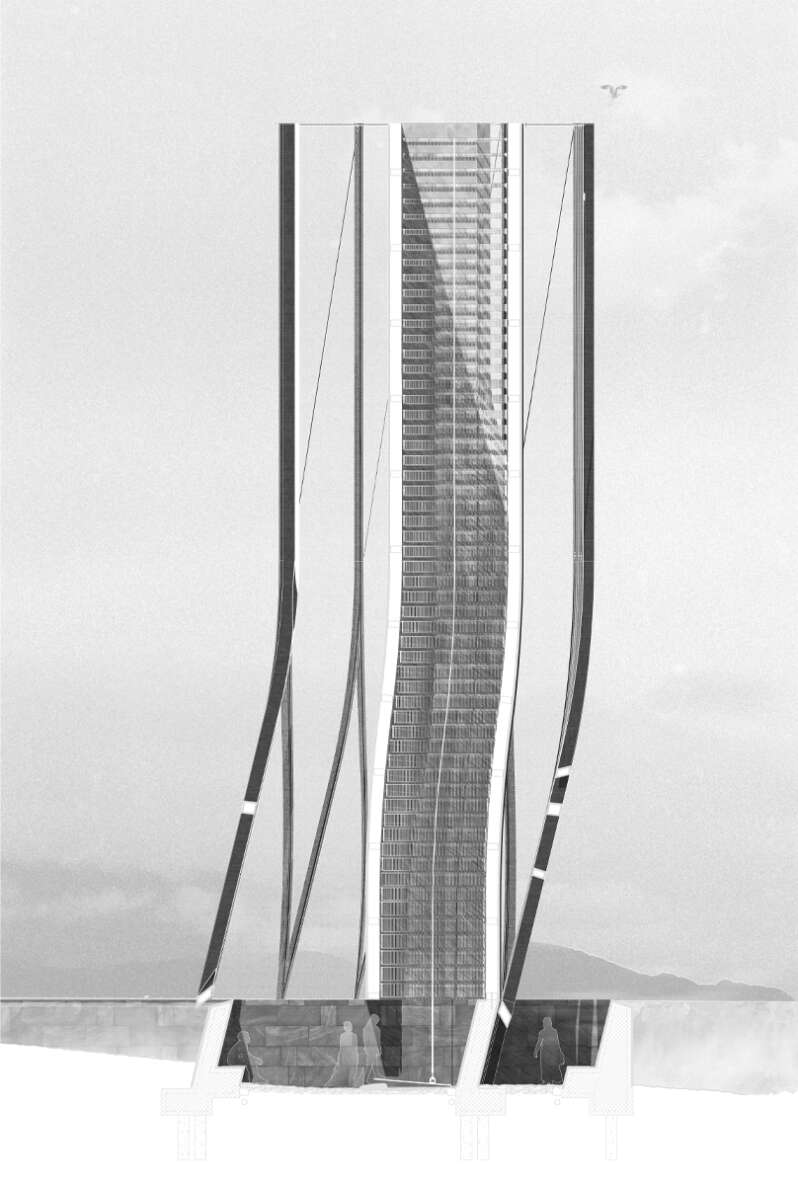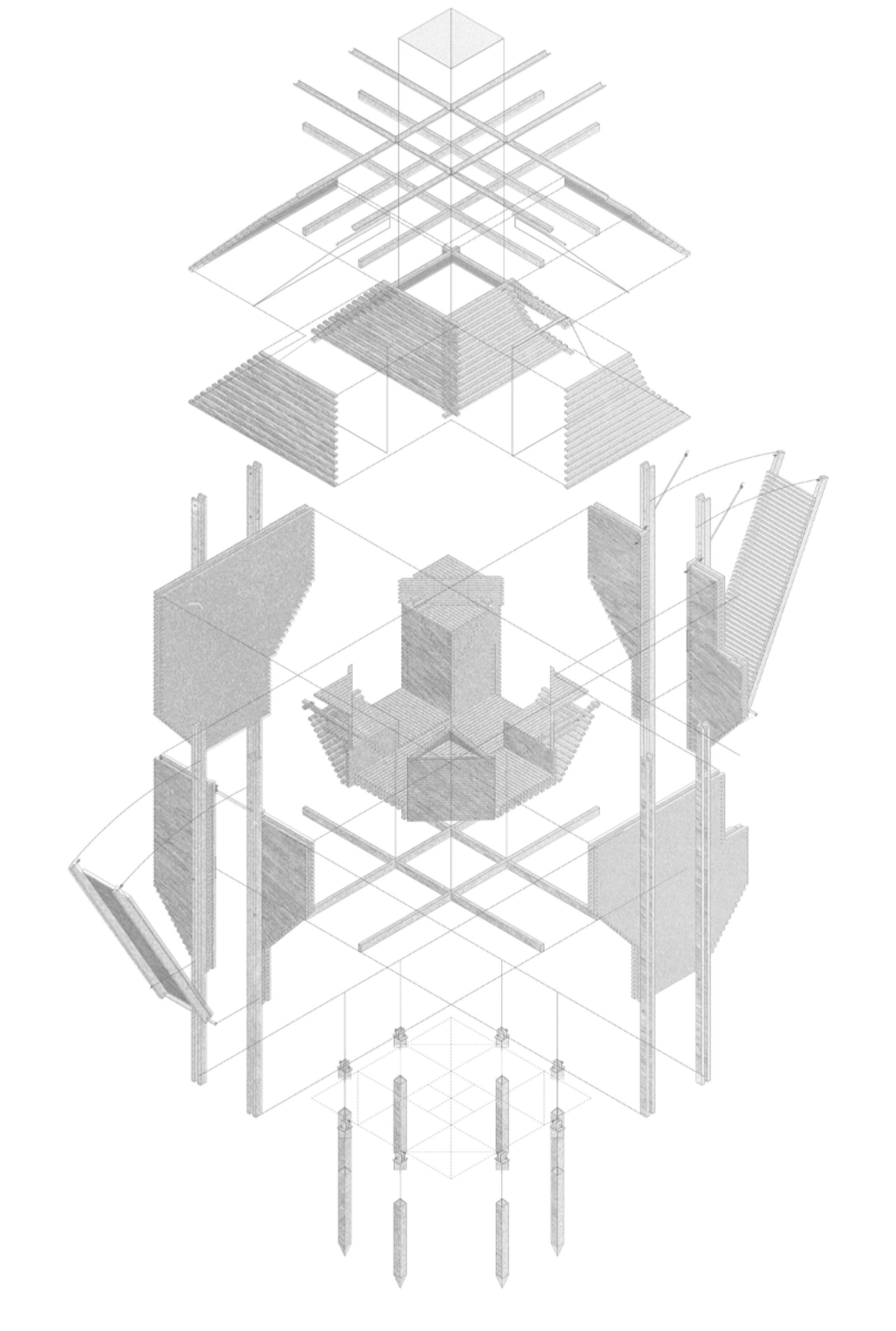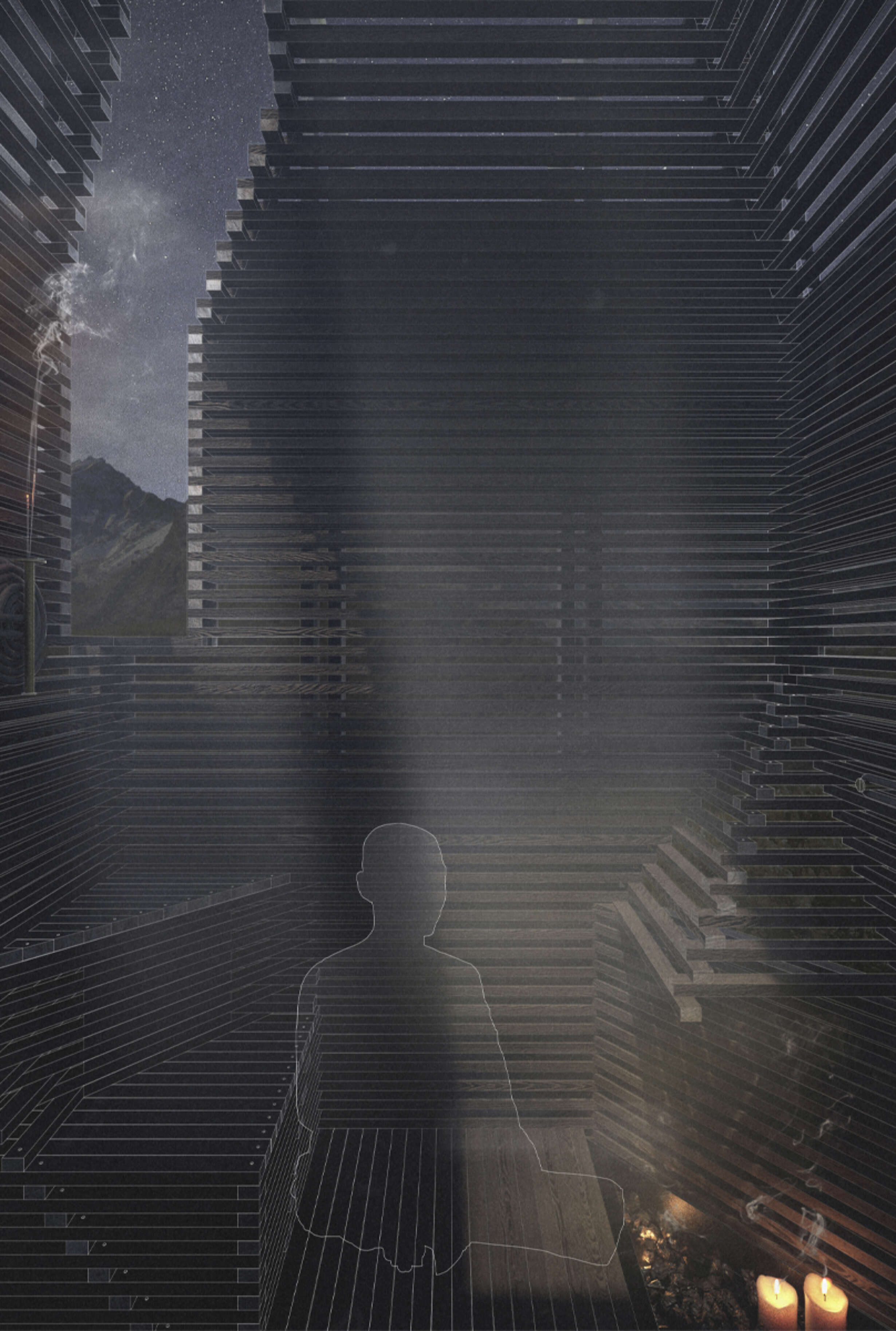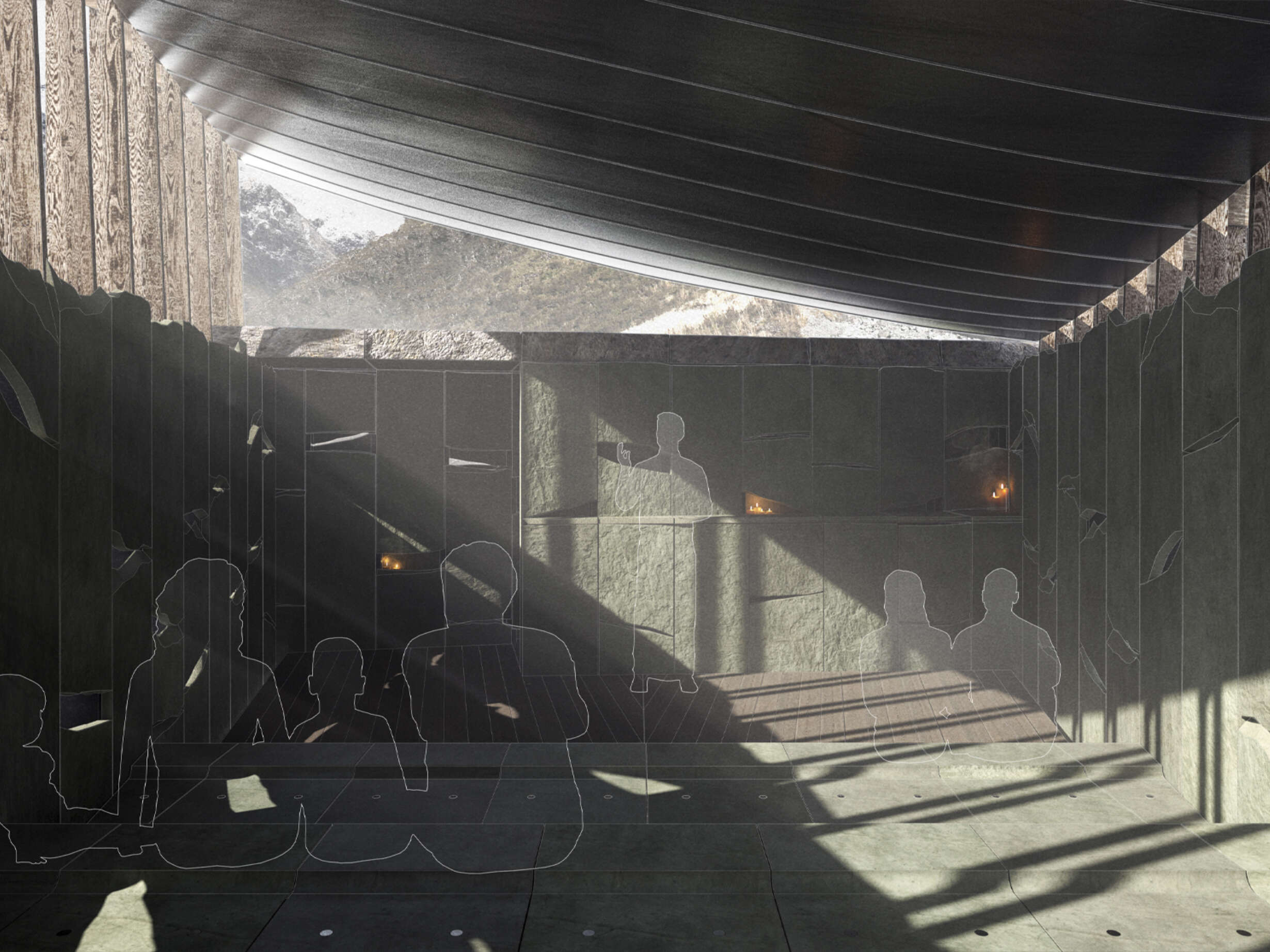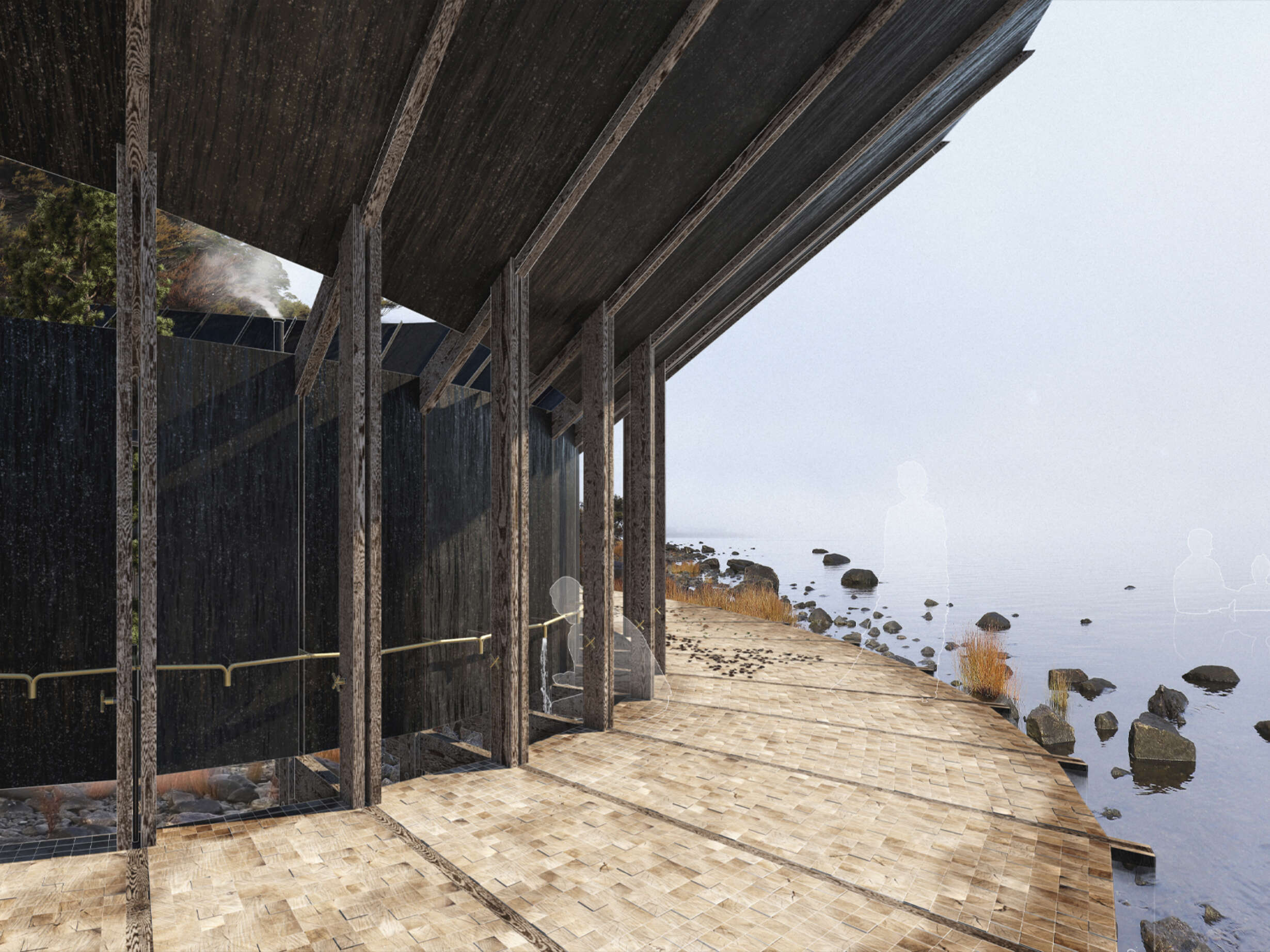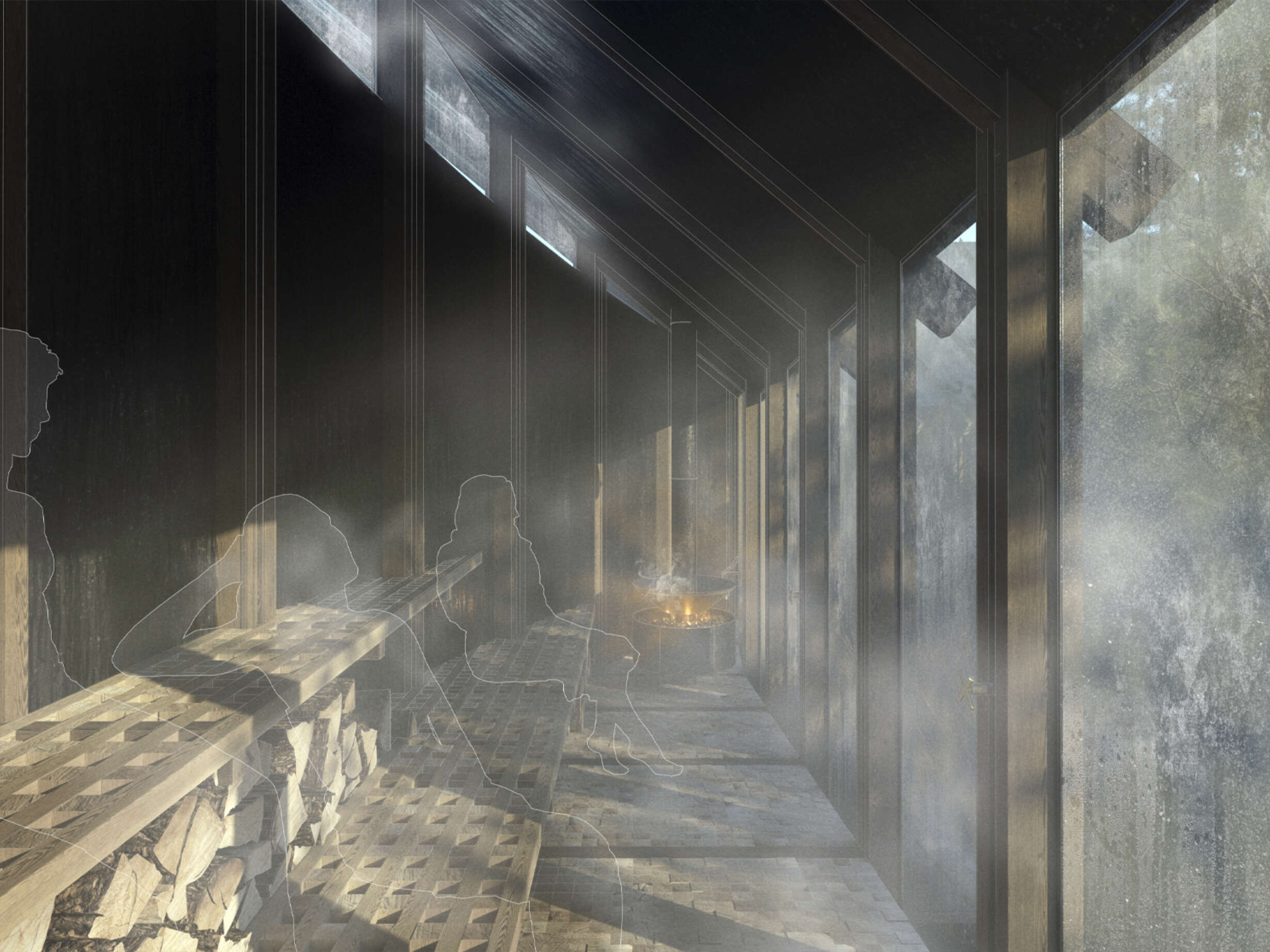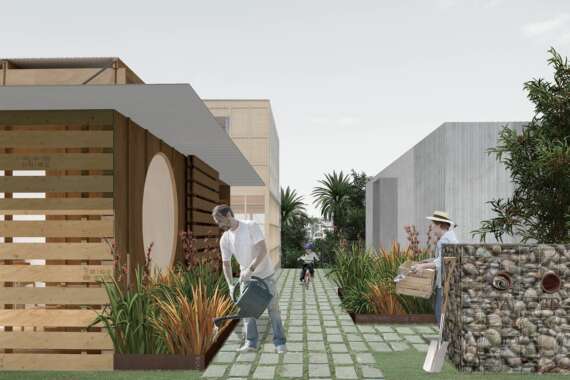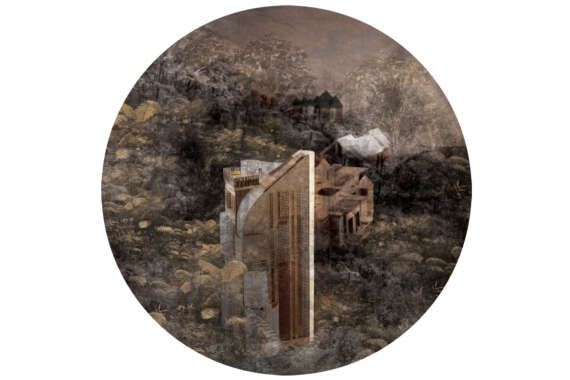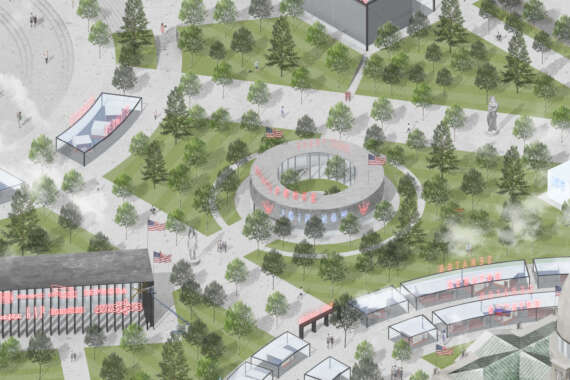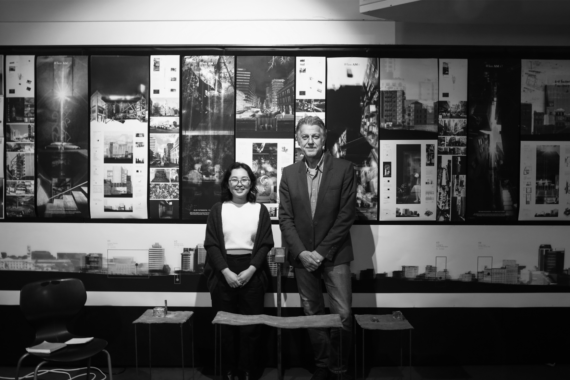Heading to Milford Sound from their family home in Christchurch early in 2019, Abdallah and his sister were tapping into a strong national inclination: to get out to our shores and mountains. The asphalt, he noted, takes you near places of profound beauty. Still, there appeared to be no opportunities to 'inhabit' that landscape, a landscape which he interpreted to be as close to sacred as he could imagine, in a manner which befitted the phenomenal experience it is. He found only very ordinary buildings in the most extraordinary landscapes.
Abdallah's research focused on what tactile and atmospheric opportunities might be contrived for such places, for those who might leave their vehicles for an hour or two and seek out one, some, or all of a sequence of sites where they might 'stage' the landscape. More specifically, Abdallah's intention was, in a land where few adhere to religious communities, and where one might imagine specific experiences which might permit, even trigger, for those not usually inclined, a reflective or even spiritual, experience.
Extrapolating from his own religious, cultural practice, Abdallah cross-referenced the five senses to make places where, for example, sound or touch or visual experiences are framed elementally yet powerfully. The physical-psychological events would be a lakeside carillon of bronze chimes, a forest ablution sauna or a stair composed of individual stone prayer slabs and timber-slatted meditation tower. The quality and coverage of Abdallah's media (maps, site plans, drawings, renders, detail sheets and models at various scales) are genuinely prodigious. They speak about the author's approach to the thesis as an opportunity to demonstrate the creative value in detailed communication which, in this case, is fine-tuned architectural specification.
— Michael Milojevic - supervisor
